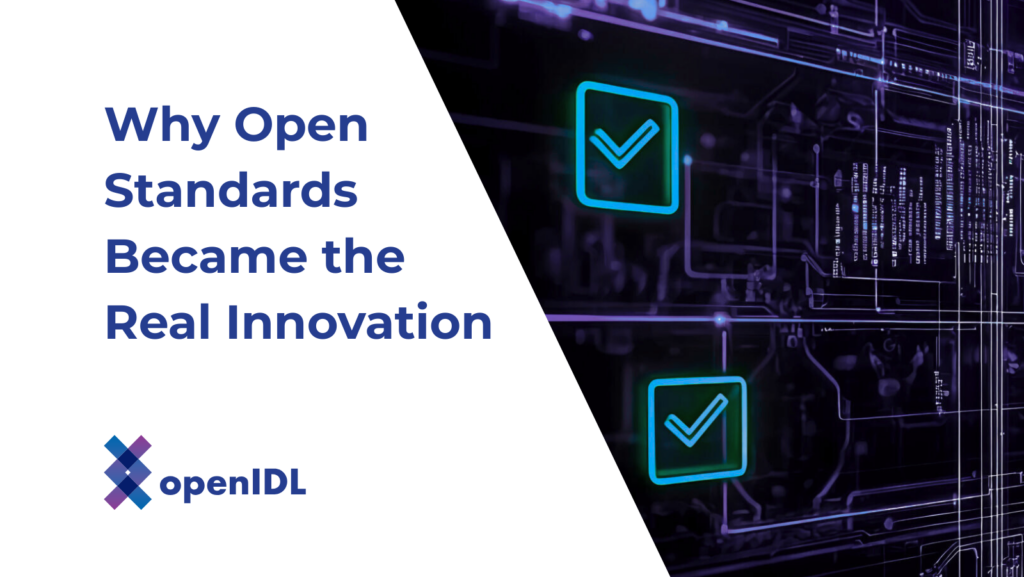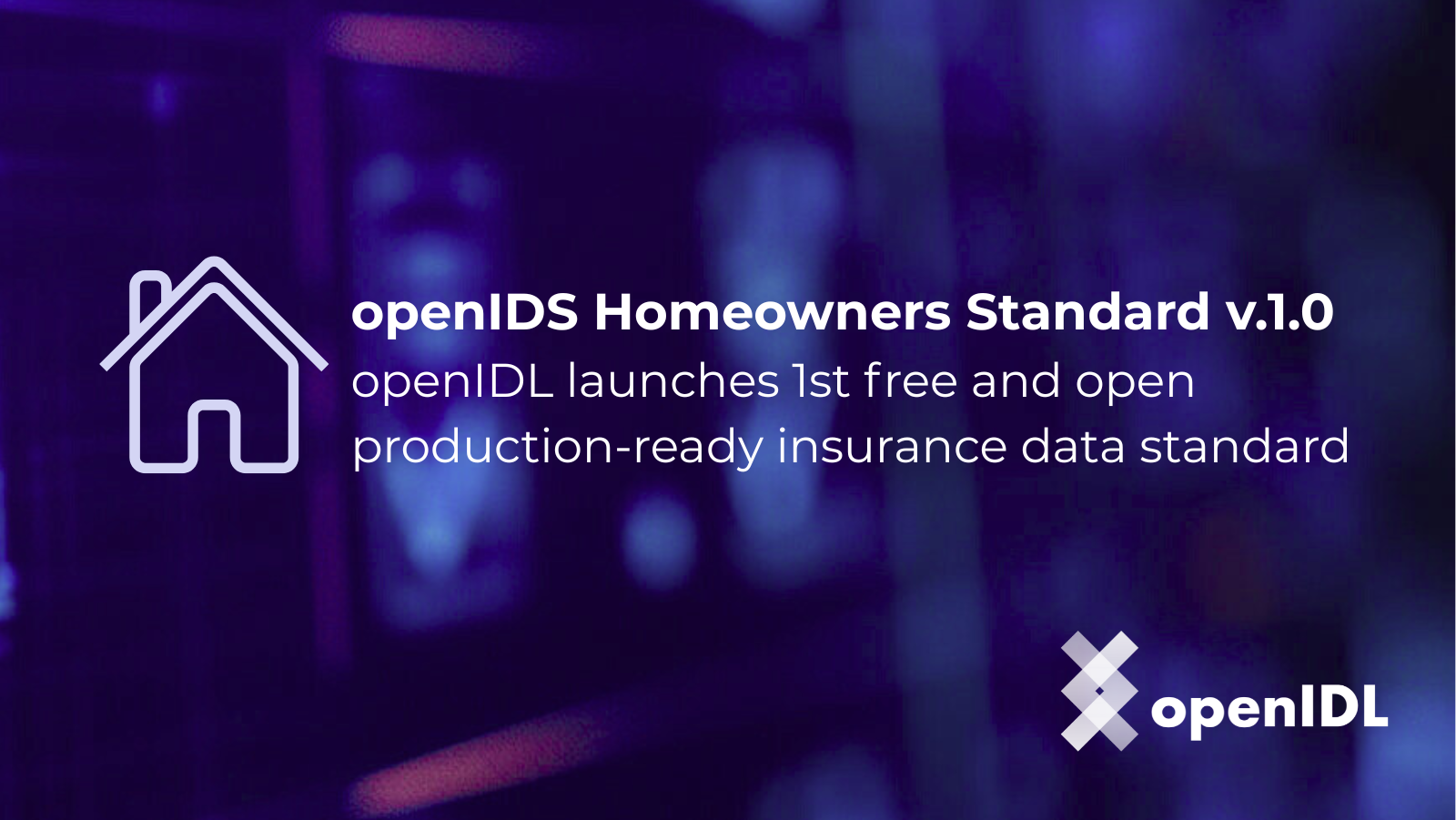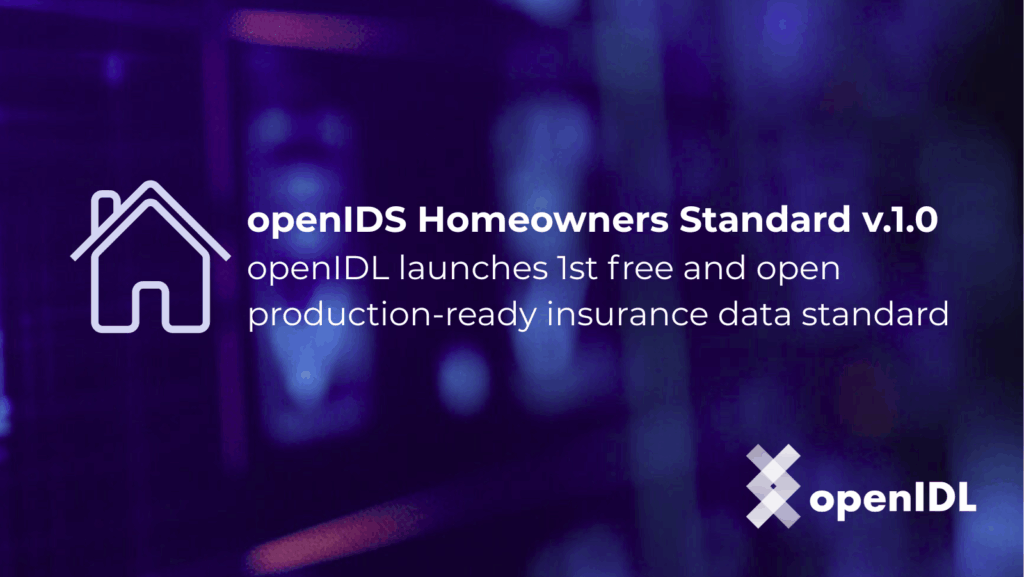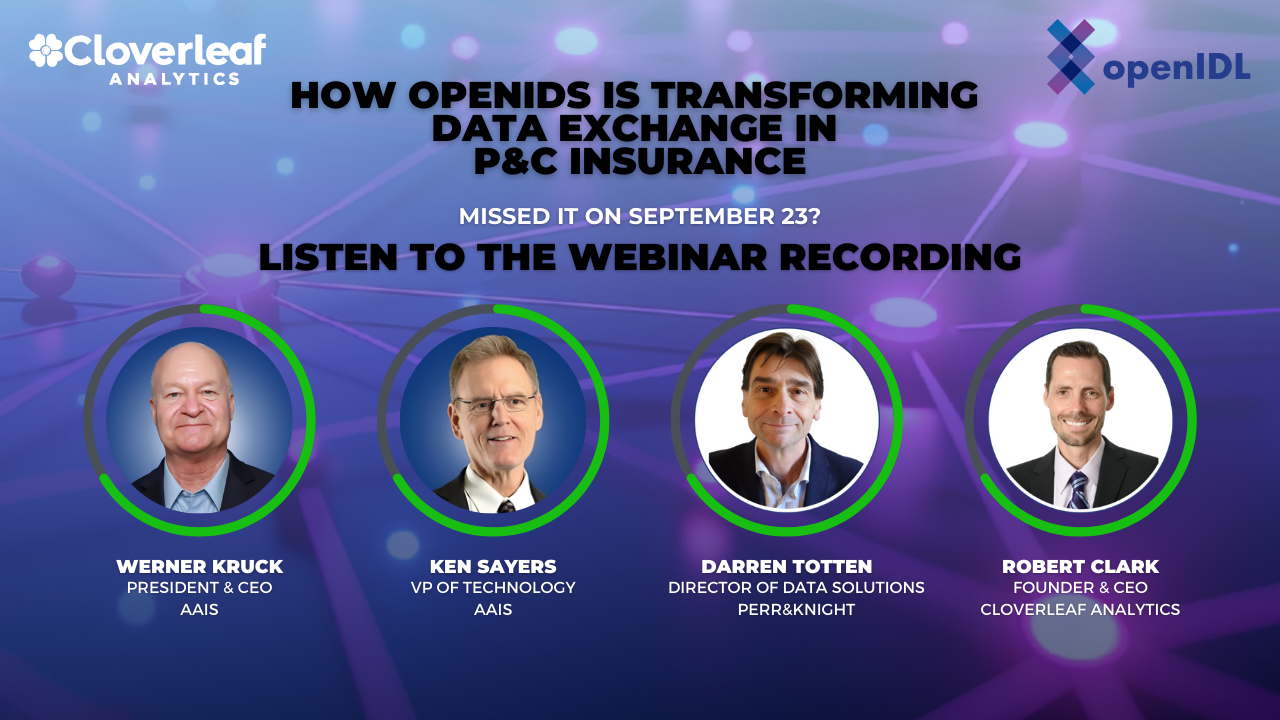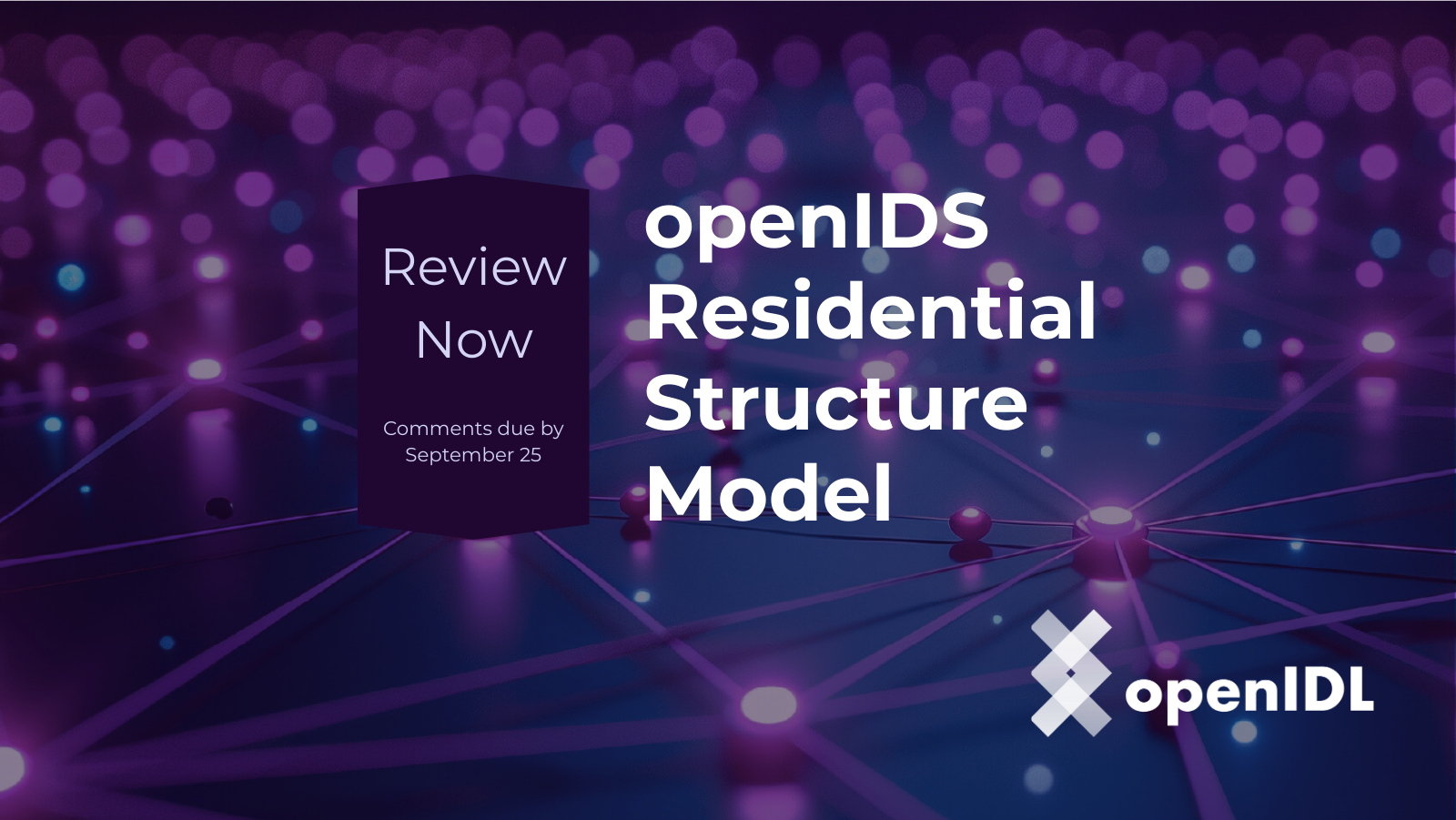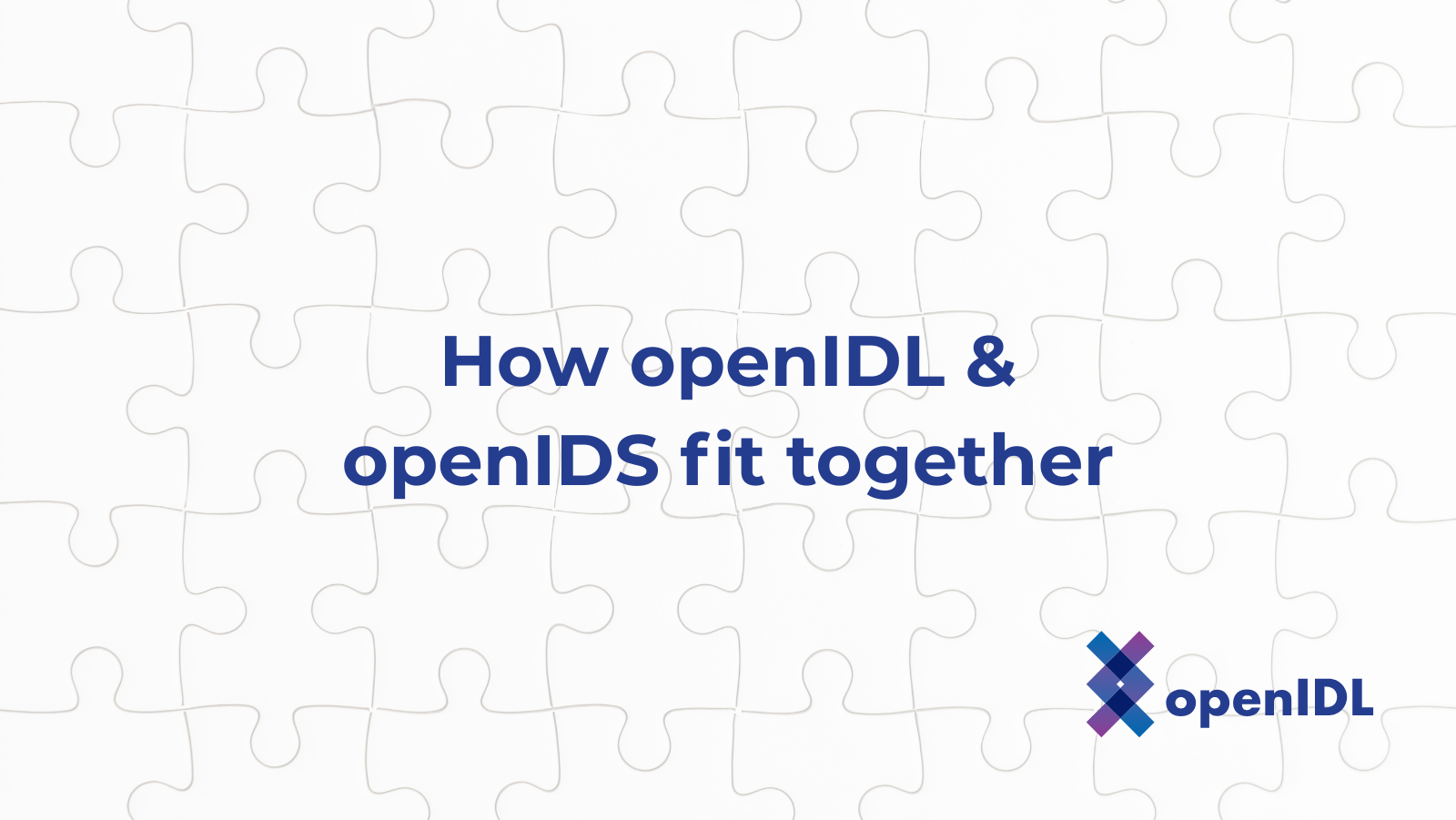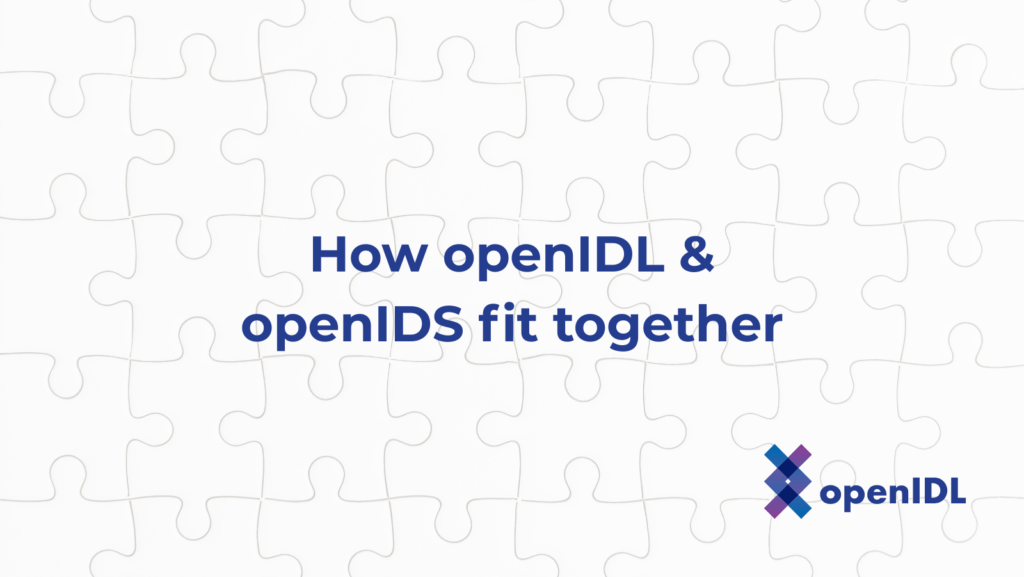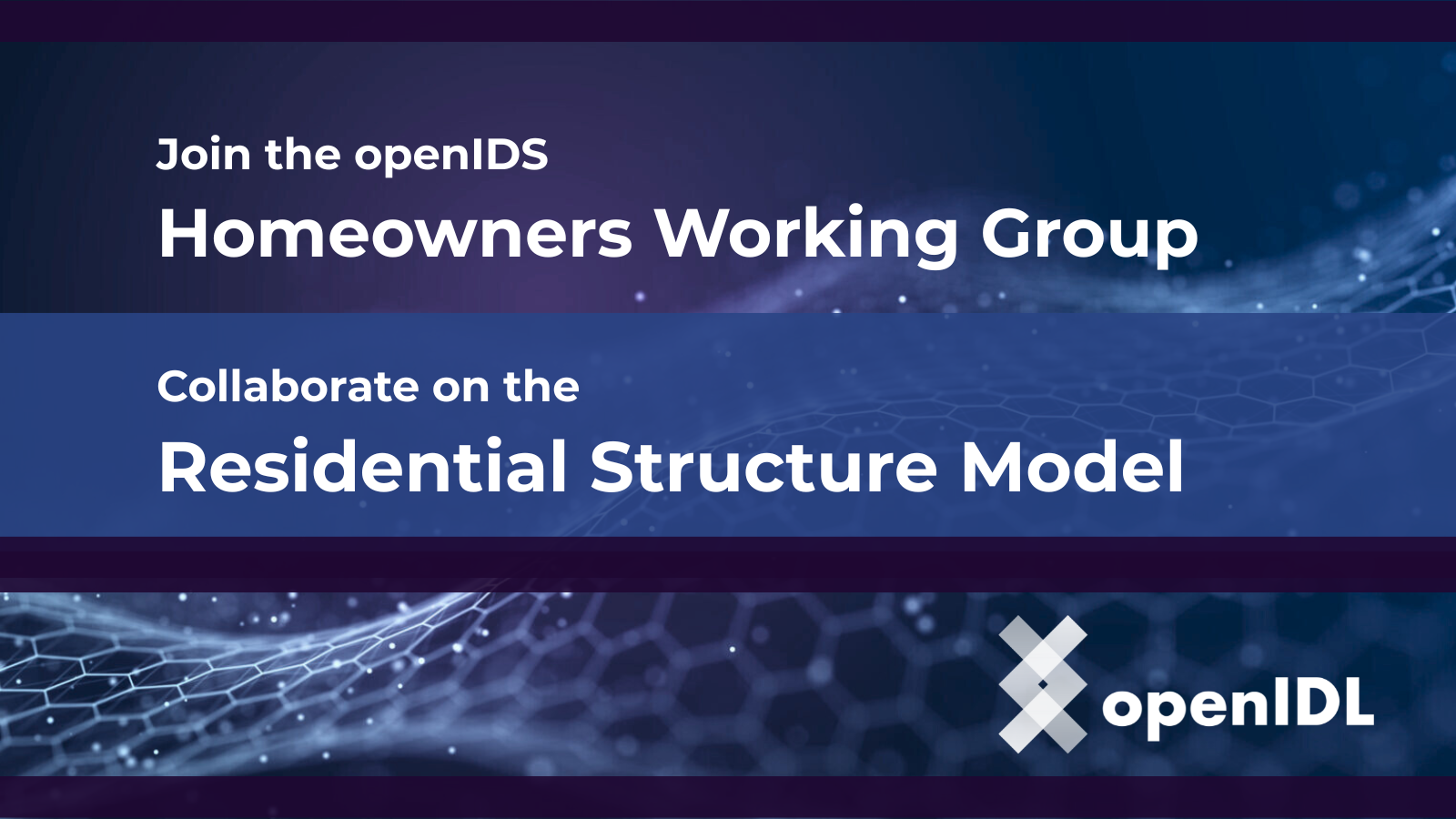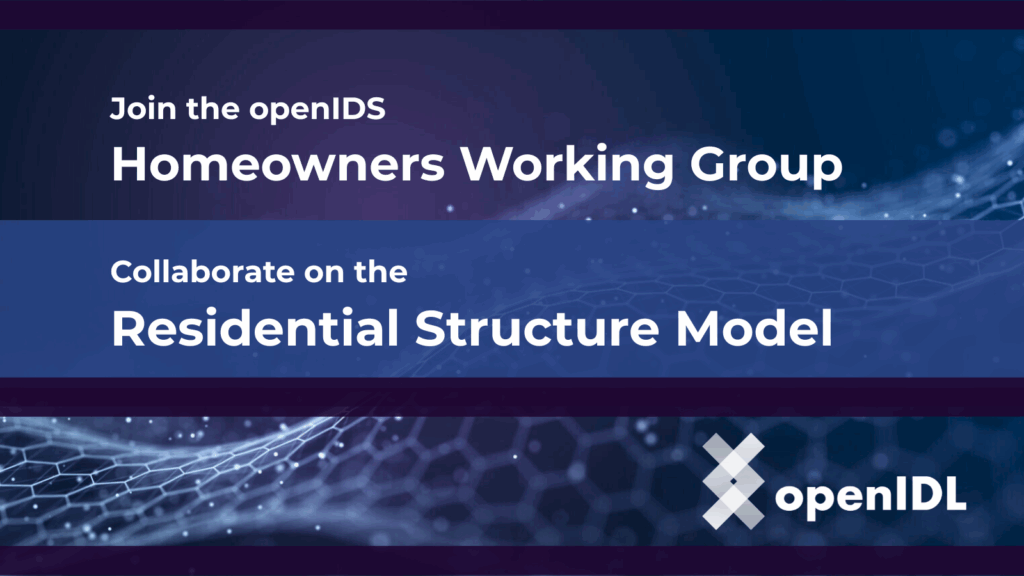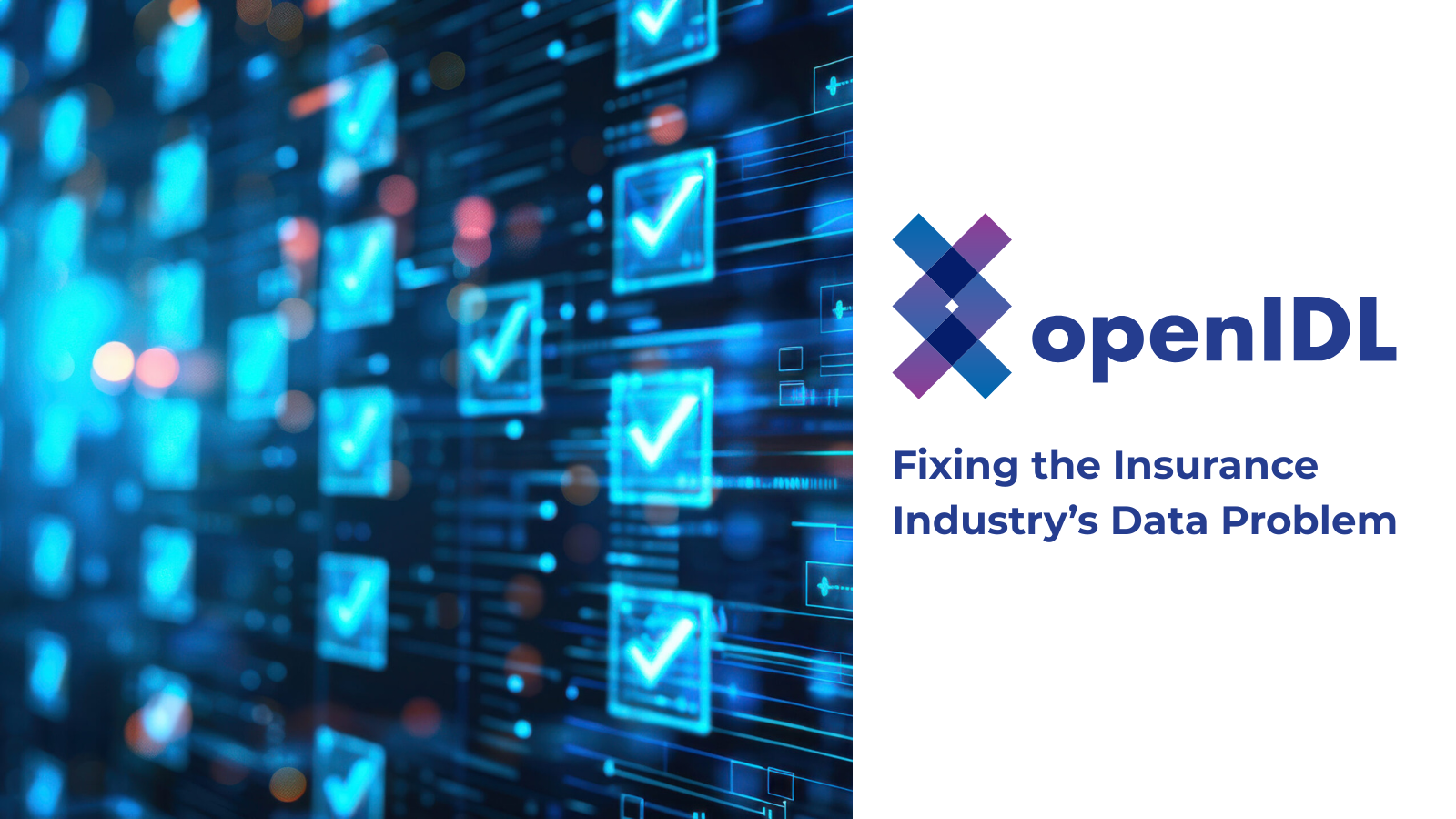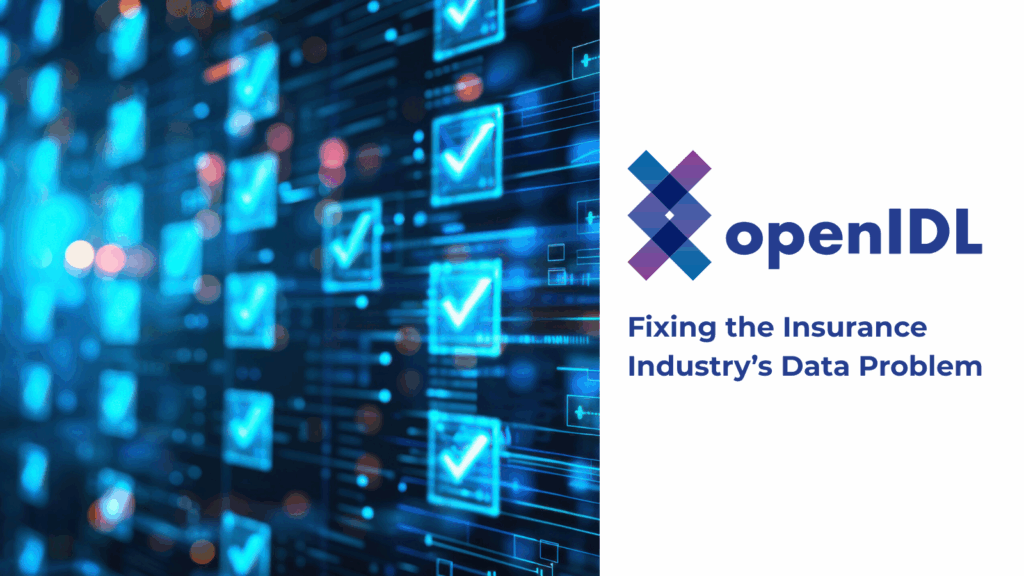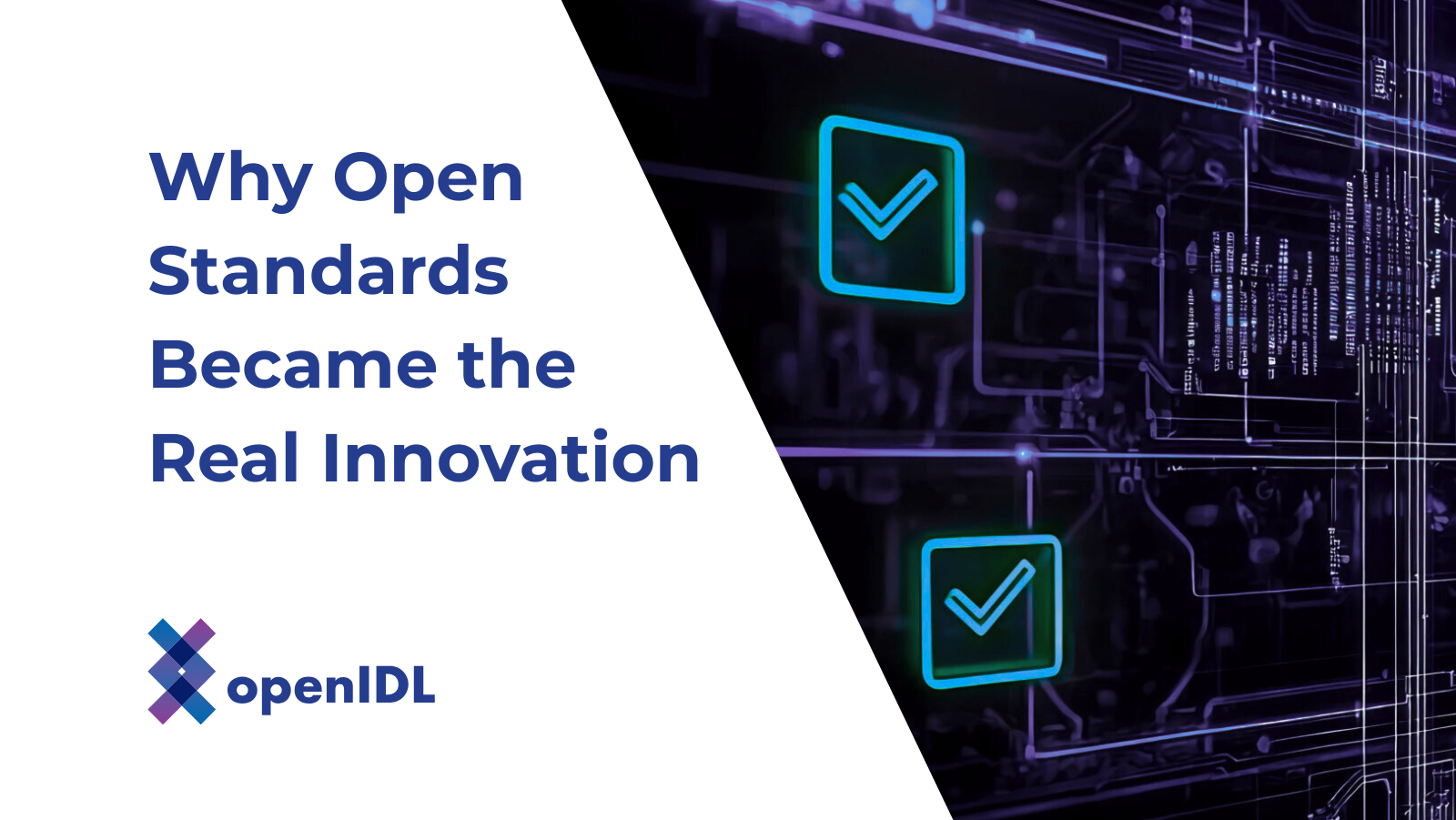
By Josh Hershman, Executive Director, openIDL
More than a couple years ago when I started at openIDL, I came in with a simple but ambitious goal: revolutionize the way data moves through the insurance industry (which was also the goal of openIDL at the time).
We led with technology specifically blockchain. Of course we did; this is the Linux Foundation, home of Hyperledger. And why not? Immutable. Instant. Secure. Elegant. It offered a compelling vision for how insurers might finally exchange information cleanly, efficiently, and collaboratively.
But what I learned quickly is that technology is only as adoptable as the culture surrounding it.
Every carrier, every regulator, every partner operates with its own ethos, priorities, risk tolerance, and pace. And that’s not a flaw of the industry; it’s exactly how it should be. Each organization has the right and responsibility to adopt new tools in the way that aligns with its business, its people, and its mission.
That realization brought us back to the drawing board.
Because whether you’re using a distributed ledger, a modern cloud stack, quantum computing someday, or yes still Excel, the real issue isn’t the plumbing. It’s the data.
We saw this firsthand in the North Dakota pilot. The blockchain worked. The exchange worked. The bottleneck wasn’t the transmission, it was the preparation. Getting data cleaned, aligned, mapped, and standardized consumed the vast majority of effort. That was the lightbulb moment.
So we pivoted.
Not away from innovation, but toward something far more foundational:
If the industry is ever going to modernize, we need standards before we need systems.
And with that, the next chapter of openIDL began, openIDS.
Building an Open Standard—Together
We brought the industry together—carriers, regulators, analysts, engineers, and solution providers—and we asked a different question:
What if we created a shared, open, production-ready data standard that anyone could use, on any platform, with any technology stack?
And we did.
With tremendous collaboration, the support of the Linux Foundation, and contributions from members across the ecosystem, the project released something truly historic:
openIDS Homeowners Standard v1.0 – The First-Ever Free, Open, Production-Ready Insurance Data Standard
This milestone didn’t happen in a vacuum. It happened because the industry was ready for a reset – ready for a model that reduces friction, improves reporting, and unlocks interoperability, regardless of vendor or system.
The standard provides:
- Improved risk assessment through consistent, structured data
- Regulatory readiness with recognized, interoperable formats
- Seamless interoperability that eliminates one-off translations
- Better insights and innovation powered by clean, unified data
And the response from the industry was unmistakable:
- AAIS emphasized its long-standing need and practical value.
- Cloverleaf Analytics contributed a decade of real-world IP to accelerate creation.
- reThought Flood spotlighted the multi-model future and the billions in efficiency gains that open standards can unlock.
This wasn’t just a release, it was a turning point.
A foundation. A proof that open collaboration works.
And yes, it’s only the beginning.
We’re already moving quickly toward the next standard, and momentum is building in ways that will shape the future of regulatory reporting and data exchange across the entire insurance ecosystem.
Looking Ahead
My time as Executive Director is coming to an end, but my belief in this mission and in this community is not.
I’m excited to continue supporting openIDL in new ways as the organization grows, evolves, and continues building the industry’s shared data language. I’m proud of where we started, what we learned, and what we built together.
For me, this isn’t goodbye.
It’s simply the end of one role and the beginning of another.
The work is just getting started.
And I can’t wait to see where openIDL goes next.
– Josh
